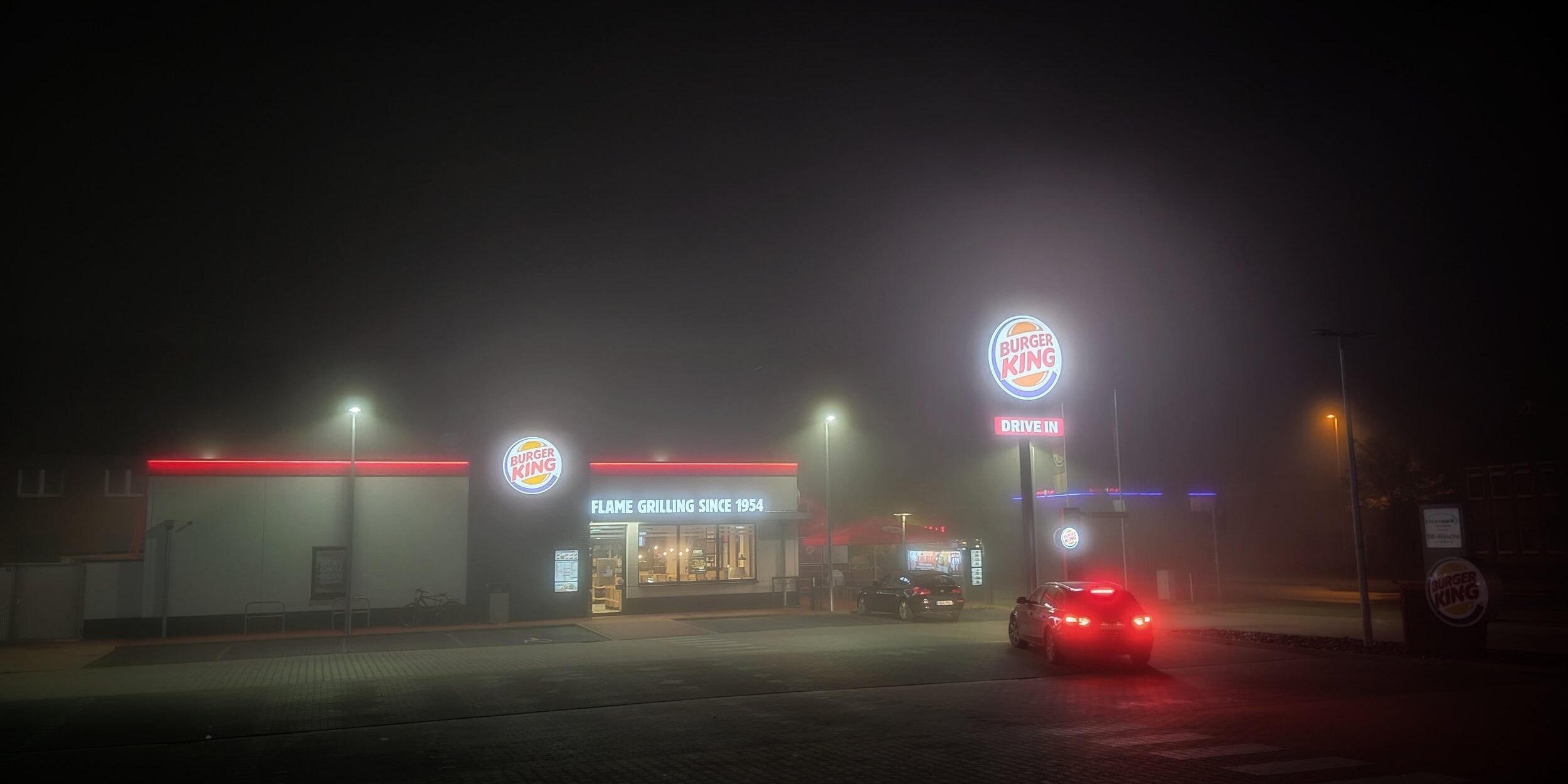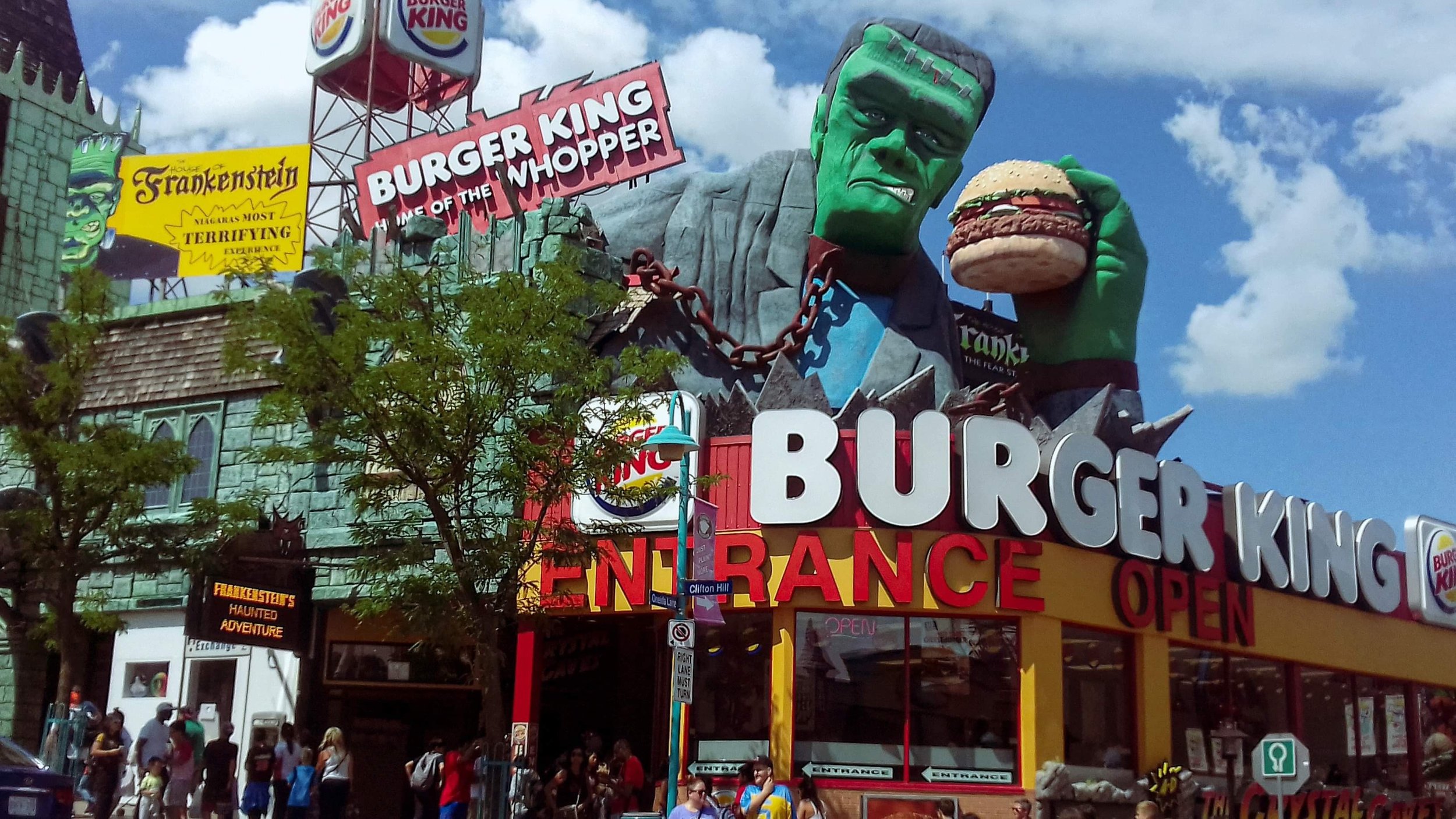How Burger King’s 2020 Strategy Backfired, and How You Can Avoid The Same Thing
All Burger King wanted for 2021 was McDonald’s customers. All Burger King’s customers wanted was Burger King.
The only one that got what they wanted was Wendy’s.
A couple weeks ago, Burger King’s North American CMO Ellie Dotty resigned after only a year in the seat. Dotty’s exit felt like a bad tomato on top of the Disaster Whopper that continues to be Burger King’s 2021. To date, BK’s ignoble year has included:
-
Sales lagging behind 2019 and 2018 numbers, despite a strong 2020
-
A costly rebrand that saw little benefit to the bottom line
-
Their drop from #2 to #3 burger joint in the country (now behind Wendy’s)
-
A lambasted spring marketing campaign that included the tagline “Women belong in the kitchen.”
-
“Keep It Real” meals, created with celebrities like Nelly, but promoted using the star’s real names…which nobody knows.
-
The departure of not one, not two, not three, but four marketing executives all in the same year.
Adding a dash of irony to the whole affair is the fact that Burger King’s main product, it’s Whopper hamburger, has routinely beat McDonald’s products in taste tests. That’s right. Burger King has a better product, most consumers agree on that.
So why can’t Burger King seem to get those same consumers in their doors?
Instead of Reputation, Advertising
The main flaw in Burger King’s strategy might have been accidentally revealed by CEO Jose Cil back in October. After railing on previous failed marketing tactics (cut to the bodies of the recently departed marketing executives) Cil shared this thought:
“…we have a great brand and assets to build from, but we need to double down on putting the guest experience at the center of all of our efforts.”
What?
Burger King needs to put the guest experience at the center of all of their efforts?
Any marketer worth their fry salt would tell you that centering your customer should not be something that has to be “doubled-down” on. It should already be deeply ingrained into what you do as a brand.
This differentiator is what McDonald’s has done so well these many years – they’ve constantly centered their customer. From their menu to their innovative campaigns, food has always been their customer’s faithful sidekick. And this in-turn has solidified their brand’s reputation.
But Burger King is always looking for a new sidekick, their eye often falling on McDonald’s customers – not their own. The home of the Whopper has often borrowed heavily from the Golden Arches – often copying their opponents moves (like celebrity endorsed meals, creating a value menu, going to a mobile platform, and so on).
These moves were meant to attract McDonald’s customers.
They were not meant to endear their own.
Burger King has long acted as if the loyalty of McDonald’s customers could be bought with advertising. It wasn’t until their own customers started leaving that BK realized they hadn’t created any loyalty with their own patrons.
If Burger King had listened to their customers and engaged with them on what they loved about the brand and its products, then they wouldn’t be sitting in 3rd, their costly (and thoughtful) rebrand would have mattered more, their ad campaigns wouldn’t look like cheap McDonald’s knockoffs, and four of their executives would probably still have jobs.
The bottom line is this: anyone looking at Burger King’s moves over the past year (and indeed further back) could tell you that customer-centric strategy is often not at the forefront of their thinking. From their sporadically used mascot to their attempts to attract customers with crypto, BK’s efforts feel directionless. Brandless even.
Now, for them to make a meaningful comeback, Jose Cil and company will have to do more than center ad dollars. They will have to actually do what they said, and center their customers. The ones who already loved them, who have now been pushed to agnosticism by BK’s lack of attention.
For maybe the first time, Burger King is not fighting for McDonald’s customers. They’re fighting for their own customers back. And if they win, they’ll also win the best chance they have of gaining new customers.
Which brings us to you.
Who Do You Have Now?
Attracting potential customers is vital to the growth of your business. But some brands do it to the detriment of their own already existing customers, much like Burger King did.
The data shows that existing customers, and their influential word-of-mouth is some of the best advertising that money can’t buy. Some recent statistics on the point:
-
92% of consumers trust recommendations from friends.
-
WOMM (Word Of Mouth Marketing) brings in 5 times more sales than paid media.
-
74% of consumers identify WOM as a critical influencer in their purchasing decision.
-
88% of customers trust online reviews.
-
64% of marketing executives consider word-of-mouth to be the most effective form of marketing.
-
Brands that are able to create an emotional connection receive three times more word-of-mouth than those that don’t.
-
Word of mouth drives $6 trillion of annual consumer spending.
Building great word of mouth begins with a brand that is focused on their customer, and focused on telling the truth. Burger King’s moldy-whopper campaign, which came at the beginning of a profitable 2020, seemed to do just that.
But now a little over a year and half later, that moldy Whopper has taken on a whole new meaning, fueled by the neglect, lack of strategy, lack of ingenuity, and customer decentralization of BK’s pitiful 2021.
For those brands in emerging landscapes (like tech, crypto, and cannabis – for example) centering customer over your own product can be difficult.
Young brands have a tendency to over promise, focusing on how awesome their product is, rather than how it was created to benefit the consumer.
But in order to create a brand that is genuine, the customer must be the focal point. And when they are, they become the best advertisement for your brand to potential customers.
That’s brand reputation that no advertising campaign could ever gain.
This posture begins deep inside the brand. And is only possible with an intentional, well understood strategy. How you build that strategy, and who it specifically centers, is some of the most important work of the brand, and those in the C-suite.
But just like those at Burger King, finding that true north, and plotting a map to it, can be a confusing task.
That’s why CultureCraft exists. To help you know your brand, to help you know your audience, and to help build all the bridges between you.
Could you use some help lining up your brand for 2022?


